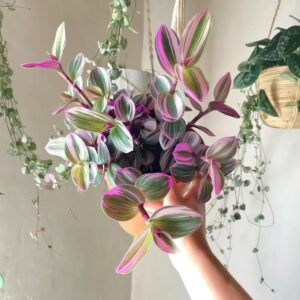Lavender, an herb celebrated for its myriad culinary uses, also emerges as a stunning addition to borders and perennial gardens, unfurling sweeping drifts of color from early summer into fall.
With its silvery-green foliage, upright flower spikes, and compact shrub-like form, lavender stands as an ideal candidate for forming informal hedges. Furthermore, it serves as a delightful resource for harvesting fragrant floral arrangements, sachets, and potpourri.

Common Types
English Lavender
Scientific Name: Lavandula angustifolia
Zones: 5-8
Bloom Time: June to August
Height: 2 to 3 feet
Flower Colors: Lavender, deep blue-purple, light pink, white
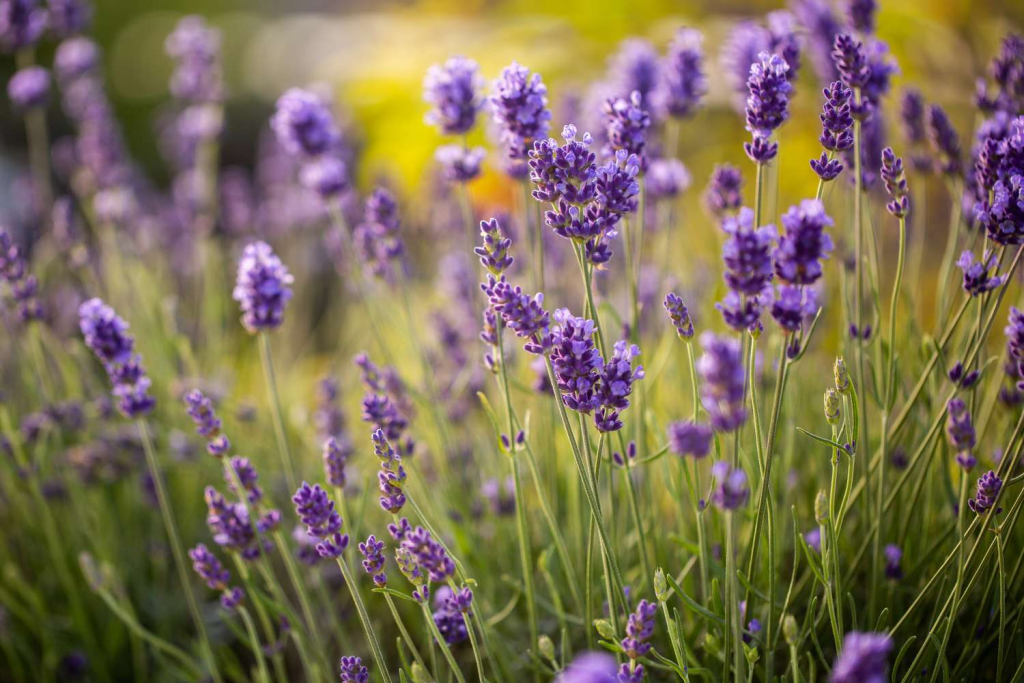
Despite its Mediterranean origins, English lavender earned its moniker due to its successful growth in the cooler climate of England, becoming a staple in English herb gardens. Its gray-green foliage and clusters of delicate flowers contribute to its charm, making it one of the most aesthetically pleasing lavenders in the garden. Recognized for its cold-hardiness, it stands out as an excellent choice for culinary endeavors owing to its low camphor content.
French Lavender
Scientific Name: Lavandula dentata
Zones: 8-11
Bloom Time: Early summer to fall
Height: 36 inches and larger
Flower Colors: Light purple

Also known as fringed lavender, this captivating variety boasts narrow, finely-toothed leaves and compact flower heads crowned with purple bracts. While its flowers may be less aromatic compared to English lavender, its fleshy leaves exude an intoxicating scent reminiscent of rosemary.
Spanish Lavender
Scientific Name: Lavandula stoechas
Zones: 8-11
Bloom Time: Mid to late summer
Height: 18 to 24 inches
Flower Colors: Deep purple
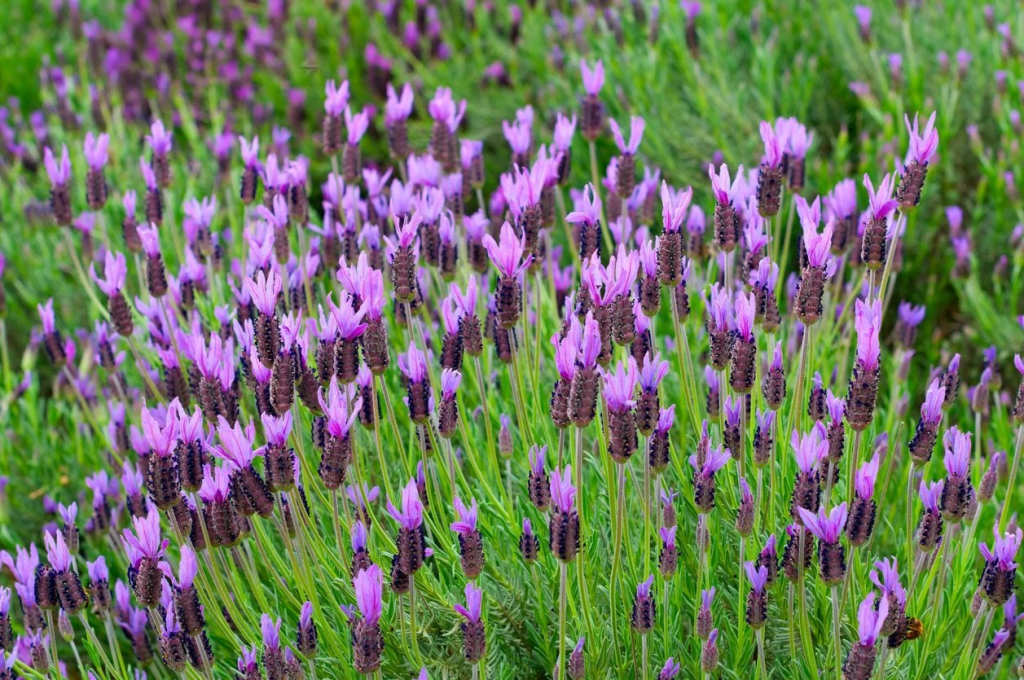
Spanish lavender is revered for its distinctive pineapple-shaped blooms adorned with vibrant bracts, often referred to as “bunny ears,” emerging from each flower spike. While its flowers may lack notable fragrance, its light-green leaves emit a highly aromatic scent.
Lavandin
Scientific Name: Lavandula ×intermedia
Zones: 5-11
Bloom Time: Mid to late summer
Height: 24 to 30 inches
Flower Colors: Dark violet, white
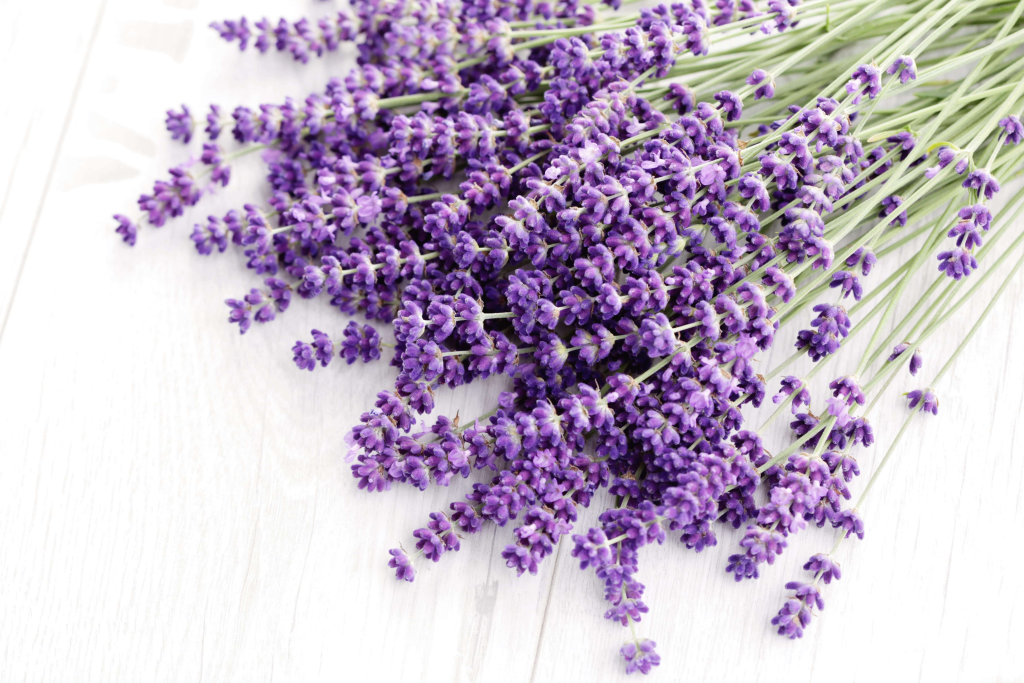
This popular hybrid marries the cold hardiness of English lavender with the heat tolerance of Portuguese lavender (L. latifolia). It typically blooms a few weeks later than most English lavenders, showcasing long spikes of highly fragrant flowers. Although not recommended for consumption due to its high camphor content, its flowers and foliage find their way into sachets and potpourris.
Some frequently questions

So, What color is lavender?
While lavender is often associated with shades of purple, it comes in a variety of delightful pastel hues, including violet blue, rose, pale pink, white, and even yellow. Additionally, the leaves exhibit diversity in shape and color. To extend the bloom season and expand the color palette, consider cultivating multiple lavender varieties.
Is lavender safe for cats?
Lavender, beloved for its fragrance and uses, can be toxic to cats, especially in essential oil form, due to their sensitivity. Cats lack certain liver enzymes, making them vulnerable to essential oils like lavender.
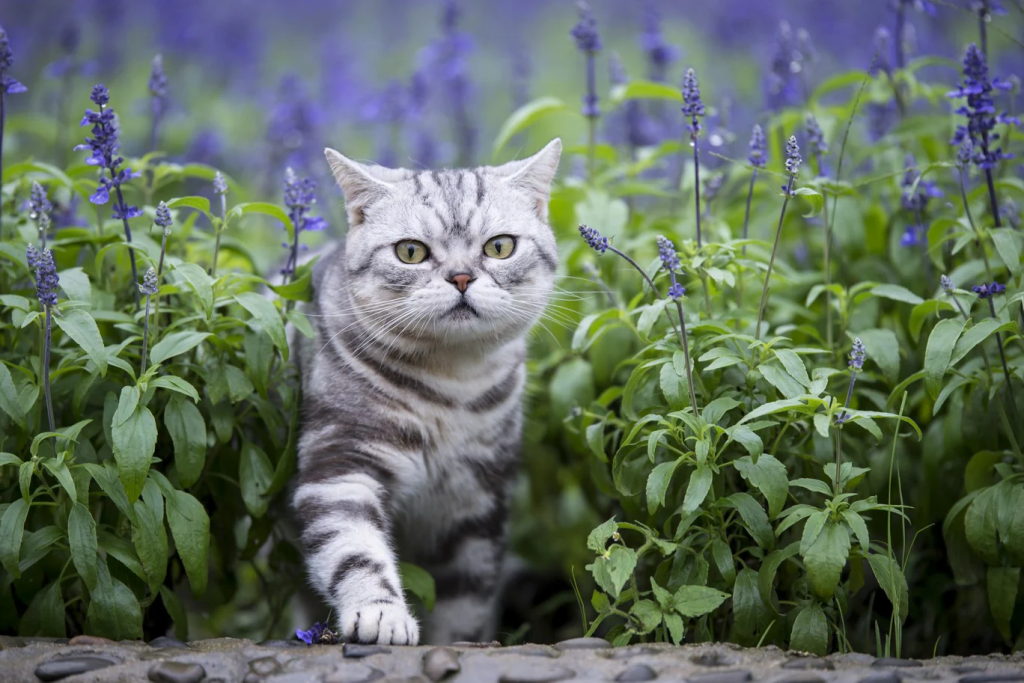
Contact or ingestion can cause vomiting, diarrhea, breathing issues, and even liver damage or fatality. Avoid lavender products around cats to keep them safe. Seek veterinary help if your cat shows signs of lavender exposure. Always consult a vet before using essential oils around cats. Provide cats with safe environments and products.
Is lavender safe for dogs?
Yes, lavender is generally considered safe for dogs, but it’s important to use it with caution. While lavender is often used in various dog products such as shampoos, sprays, and calming aids, some dogs may have sensitivities or allergies to it.

Additionally, while lavender essential oil is sometimes used in diluted form for aromatherapy to calm anxious dogs, it’s crucial to use it sparingly and under the guidance of a veterinarian. Direct application of undiluted essential oil to a dog’s skin or ingestion of large amounts can be harmful.
